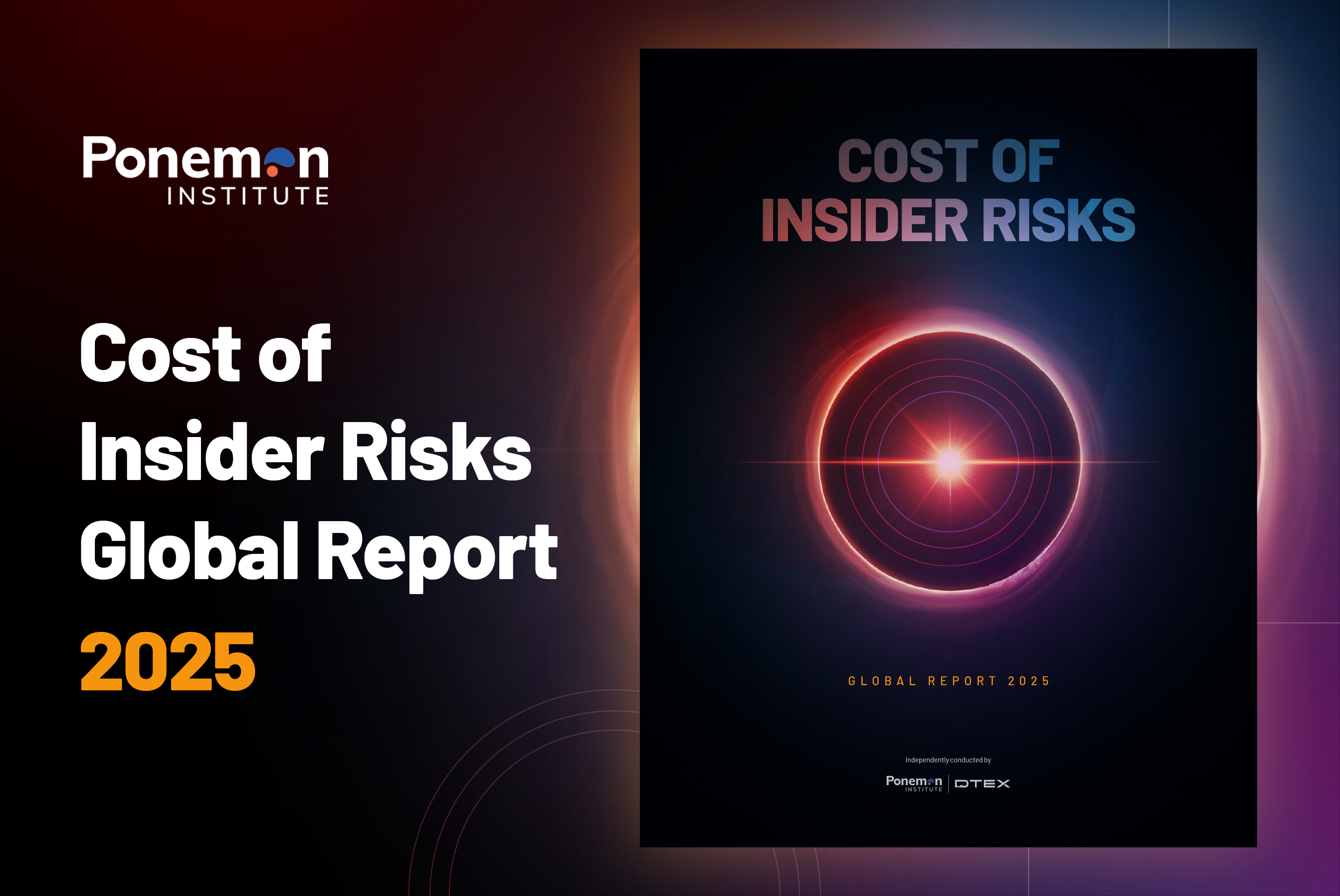In cybersecurity, trust has always been an asset — but in today’s environment, it’s a critical control.
As threats become faster, more collaborative, and increasingly AI-driven, the ability to build and sustain trust across teams, partners, and technology ecosystems has emerged as a true differentiator for resilience.
Security leaders are responding. According to the 2025 Collective Cyber Resilience Index, 85% of cybersecurity decision-makers now recognize cross-organizational collaboration as essential to their defense strategies. And many are taking steps to turn that recognition into action: 79% have increased engagement with external partners over the past three years.
Yet collaboration without trust tends to collapse under pressure. Organizations that succeed in strengthening resilience are those that treat trust not as a passive outcome, but as a deliberate, measurable part of how they build their security programs.
Trust starts inside the organization
The foundation of cyber resilience is built internally — with employees, leadership, and shared mission clarity.
When employees feel trusted, respected, protected, and valued, they are significantly more likely to act as active defenders of the organization’s mission rather than passive bystanders.
This becomes especially important during periods of change — mergers, layoffs— when uncertainty can undermine morale. A resilient security culture ensures that even in times of disruption, trust remains intact. That doesn’t mean over-indexing on control or surveillance. It means reinforcing transparency, communicating the “why” behind corporate decisions, and creating pathways for employees to raise concerns safely.
In short: resilient organizations treat their people as part of the defense strategy, not just as risks to be managed.
Espionage, apathy, and insider risk: strengthening loyalty from within
Not all insider threats stem from malice. Often, disillusionment, apathy, or external pressures play a bigger role than intent.
In an era of geopolitical instability and economic uncertainty, organizations must recognize that the risk of misdirected loyalties is growing — and that mitigating it requires more than technical controls.
Individuals who feel disconnected from their organization’s mission or isolated from leadership are more susceptible to external influence, financial incentives, or ideological manipulation. Nation-state actors know this — and increasingly target insiders as a preferred vector.
Addressing this risk starts with fostering engagement. It means providing employees with a clear sense of purpose, reinforcing ethical standards, and ensuring that when concerns arise, there are safe, trusted pathways to report them.
It also demands ongoing education: not just about technical threats, but about the broader tactics adversaries use to exploit uncertainty and dissatisfaction.
Security teams should view insider threat programs not solely as detection engines, but as resilience builders — aimed at reinforcing loyalty, transparency, and vigilance across the workforce.
Building confidence across the ecosystem
Today’s security teams no longer operate in isolation. Resilience depends on the trustworthiness of partners, vendors, suppliers, and even competitors.
The 2025 Collective Cyber Resilience Index found that 72% of leaders see inconsistent security practices across partners as a bigger risk to resilience than the threat actors themselves. That’s a powerful reminder: our security posture is only as strong as the relationships and standards we maintain with those we depend on.
Leading organizations are taking steps to formalize collaboration — not just informally exchanging threat intelligence when convenient, but building structured, proactive agreements on incident response, intelligence sharing, and recovery processes. High-performing organizations, for example, are far more likely to share threat intelligence daily and to have formal coordination protocols with key partners in place.
Consistency, predictability, and mutual accountability build trust in the supply chain — and that trust directly accelerates response and recovery when threats emerge.
Trust and AI: new opportunities, new responsibilities
Artificial intelligence is reshaping cybersecurity operations — improving detection, automating repetitive tasks, and helping security teams scale their impact. However, as adoption grows, so does the importance of maintaining trust in how AI is applied.
Many organizations have automated parts of their vulnerability management, yet only a third feel truly prepared to defend against AI-driven cyberattacks. There’s an opportunity here for security leaders to set clear standards for the ethical, explainable use of AI — not just inside security teams, but across the business.
Employees, partners, and customers must understand how AI is being used, what decisions it influences, and where human oversight remains critical. Done right, AI can strengthen trust by making security processes more transparent, consistent, and defensible.
But that requires intentional design, strong governance, and ongoing communication.
Making trust actionable
Building a security program rooted in trust isn’t abstract — it’s operational.
It shows up in how leaders communicate, how teams coordinate, and how organizations hold themselves and their partners accountable.
Some proven actions include:
- Embedding trust into risk management: Evaluate not just technical vulnerabilities but trust dependencies — who you rely on, how data is shared, and where blind spots exist.
- Formalizing collaboration: Build clear, tested pathways for sharing threat intelligence and coordinating incident response across internal and external teams.
- Prioritizing transparency in incident response: Communicate early and openly with stakeholders during incidents. Misinformation fills the void where transparency is absent.
- Investing in security culture: Education, recognition, and open dialogue about threats and responses build an internal environment where security is owned collectively, not delegated to a few.
- Governance for emerging technologies: Set standards for the responsible use of AI, ensuring decisions are auditable, explainable, and aligned with core security principles.
Leading with trust
Security leaders today are uniquely positioned to influence not just their technical posture, but the broader culture of their organizations and ecosystems.
Trust doesn’t eliminate risk — but it does accelerate collaboration, improve response times, and sustain resilience under pressure.
In a world where threats move faster and complexity is growing, trust remains one of the few true force multipliers we have.
Building it requires consistent effort, but the payoff — a stronger, more cohesive, and more resilient defense — is well worth the investment.
Trust is the foundation of resilience — and insider risk management is critical to protecting it. New research from the Ponemon Institute shows that companies with strong insider risk programs detect and mitigate insider risks earlier, saving time, data, and brand reputation. Learn how building a culture of trust, transparency, and proactive insider risk management can strengthen your defenses against insider threats.
Topics
Subscribe today to stay informed and get regular updates from DTEX






